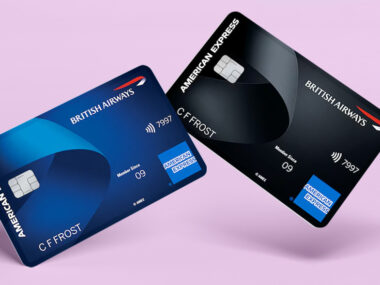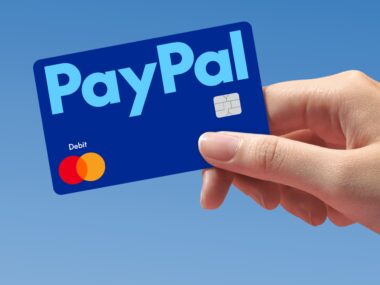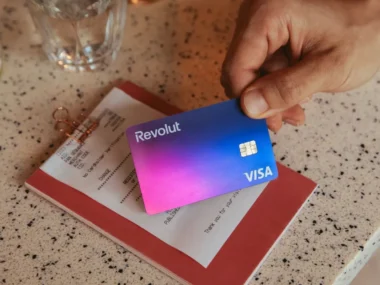If you’re planning to take a loan from a bank in the US, you’re not alone. Many people do it every day — to buy a car, pay for school, fix something urgent, or even start a business. Getting a loan sounds like a big deal, but once you understand how the process works, it becomes less stressful.
A bank wants to be sure that if they give you money, you’ll be able to pay it back. That’s the simple idea behind every loan. They’ll want to see how much you earn, what your job is, if you’ve borrowed money before, and whether you’ve paid back on time.
If this is your first time applying for a loan in the US, don’t worry. The steps are mostly the same no matter your background. Whether you’re a citizen or a recent immigrant, once you meet the bank’s requirements, you have a good chance of getting approved.
What kind of loan do you actually need?
Not all loans are the same, and banks usually offer a few common types.
A personal loan is the most flexible. You can use it for almost anything — emergencies, travel, bills, or repairs. You borrow a fixed amount and repay it monthly over a set period, like one to five years.
A car loan is meant for buying a vehicle. The bank pays for the car, and you repay the loan each month. If you stop paying, the bank may take the car back.
A home loan, or mortgage, is for buying a house. These are large loans that usually last many years. Banks need more documents for this type, but if you have a stable income and savings for a down payment, it’s possible.
There are also business loans, but banks will want to see a clear plan of what your business is, how it earns money, and how you plan to repay the loan.
Knowing the reason for the loan helps you choose the right one and prepare properly.
What you need before applying
Before you walk into the bank or apply online, make sure you’re ready. The bank will want to see who you are and whether you’re able to manage the loan.
These are the main things banks usually ask for:
-
A valid ID, such as a passport or driver’s license
-
Proof of income, like pay slips or bank statements
-
Your Social Security Number or taxpayer ID
-
Basic personal information, like your address and contact details
-
Sometimes a letter explaining why you need the loan (especially for business or personal use)
They’ll also want to check how you’ve handled money in the past. This is known as your credit history. If you’ve borrowed before and paid back on time, it helps. But even if you’re new in the US, some banks will still consider your application if you have a job and steady income.
How much can you borrow?
The amount depends on your income, how long you’ve worked, and what kind of loan you’re applying for. Most personal loans range from $1,000 to $40,000, while home loans can go much higher. Car loans usually match the value of the car you’re buying.
If your income is around $3,000 per month, you may qualify for a loan of $10,000 to $20,000 depending on how much you already owe and your monthly expenses.
Banks won’t lend more than they think you can afford to pay back. If you’re applying for a large amount, they may ask for more proof of income or savings.
Can you apply without a good credit history?
Yes, you can. If you don’t have a long credit history, especially if you’re new in the country, some banks will still give you a loan. They’ll focus more on your income, your job, and your overall stability.
If your credit score is low, your loan might come with a higher interest rate — meaning you’ll pay more in total over time. Still, it can be a good way to start building your credit for the future.
If a regular bank says no, try smaller banks or credit unions. They often have more flexible terms, especially for people in your situation.
Step-by-step: how the process works
Once you’re ready to apply, here’s what you can expect:
-
Choose the right bank or lender. You can compare offers at different banks. Look at the interest rate, the repayment time, and the total cost of the loan.
-
Submit your documents. Whether online or in person, you’ll be asked for the items mentioned earlier — ID, income proof, Social Security Number, and maybe a short explanation of your loan purpose.
-
Wait for approval. Some loans are approved in minutes, others take days. It depends on the amount and the bank.
-
Get your money. Once approved, the bank sends the money to your account or pays directly to the seller (in the case of a car or house).
-
Start paying it back. You’ll get a clear repayment schedule — usually monthly. Always try to pay on time. It keeps your credit healthy and builds trust for future loans.
What if your loan is denied?
It happens, and it’s not the end. The bank might reject your application if they feel your income is too low, your credit is weak, or you already have too many loans.
If you’re denied, ask why. The bank will usually give a reason. That way, you know what to improve before applying again. You can also explore other lenders or apply for a smaller amount.
Sometimes, it’s just a matter of timing. If you’ve just started a new job or your income has recently improved, waiting a few months can help.
Can non-citizens apply?
Yes. Many banks allow immigrants and non-citizens to apply, especially if you have legal documents, a job, and a regular income. Some banks accept applications from people with work permits, student visas, or even temporary visas.
You’ll need to show proof of identity and explain your status clearly. You may also need to show that your visa allows you to work in the US.
If you don’t have a Social Security Number, some banks accept an ITIN (Taxpayer ID). You may not get the biggest loan at first, but it’s a good place to start.
Things to remember before applying
Here are some final things that can help:
-
Don’t borrow more than you can repay comfortably
-
Try not to miss any monthly payments
-
Keep your income steady and your expenses low while paying off the loan
-
Start small if it’s your first loan — this helps you build trust
A final word
Getting a bank loan in the US is possible for anyone who is prepared and honest. You don’t need to be perfect or have a long credit history. What banks want to see is that you’re working, responsible, and serious about paying back what you borrow.
Start by figuring out what kind of loan suits your needs. Make sure your documents are ready, apply carefully, and ask questions if something is unclear. Even if your first try doesn’t go through, you can always try again with better preparation.
Borrowing is a part of life for many people. If done wisely, it can help you take steps forward—whether it’s for a car, a home, or building a new life for your family.


